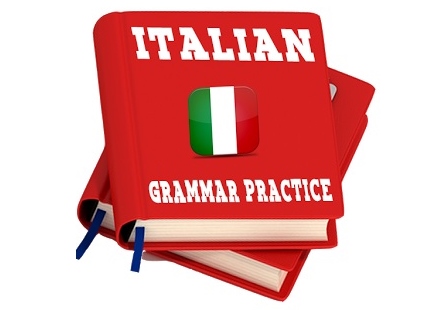
WTI Magazine #84 2016 October 17
Author : Giulia Casati for the Italian School NJ Translation by:
One difficult feature of the Italian language, the one that makes many and many learners scratch their head, is gender. Yes, because Italian as a language has a gender. The word Italian itself has a gender! In fact, Italian is a boy! Ah, another man in our lives. However, to be fair, I need to say that Italy is a girl! What am I exactly talking about? Italian is a man? Italy a woman? Have I gone crazy?
No, it's just that, much like many other languages that are derived from Latin, Italian nouns and adjective not only have a number (singular and plural), but also have a gender (feminine or masculine). But that's not all. Each gender and number has a different set of articles. Feminine nouns will be associated with the article "la" or "l'" in the singular form and "le" in the plural. Masculine nouns will be associated to "il" or "lo" or "l'" in the singular form and "gli" or "i" in the plural.
Everything from the earth to the sun has a gender. Now follow me. The chair you are sitting on? Feminine. The sandwich you are eating? Masculine. The magazine you are reading? Feminine. And coffee you are sipping? Masculine. But how do we know that "sedia" is indeed feminine and "caffè" masculine? Well, there are a couple of tricks here that can help you.
For instance, in 90% of the cases, the nouns that end in "A" will be considered feminine, while most of the nouns that end in "O" will be considered masculine. But, "caffè" doesn't end in either! How is it that coffee is masculine, then?
That's exactly the point. Those tips I gave you are general rules to help English students and learners to approach the gender issue in the Italian language. However, they are not strict rules. In fact, il baccalà (codfish), il cinema (movie theater), and il pianeta (planet) they all end in "A" but they are still considered masculine. In the same way, la mano (hand), la foto (photo), and la sdraio (beach chair) all end in "o" but are all considered feminine. And what happens if the word ends in "E" at the singular form? Is it masculine or feminine? Well, it depends. Fiore (flower) is masculine, but chiave (key) is feminine, but also cantante (singer) can fall under both.
Not only it is very difficult to understand the gender of a word for non-native speakers, but it is also dangerous to try to assume it. In fact, there are some very masculine words that in reality are feminine and very feminine words that in reality are masculine. Let me explain this. Beard is feminine, la barba, while bra is masculine, il reggiseno.
At this point, I am almost better off saying that there are no real rules. The amount of nouns that break all the grammatical laws are so many that it makes it impossible for learners to use them effectively. There is nothing you can do, but keep on learning and practicing and eventually you will remember which is what.
Buono studio!



